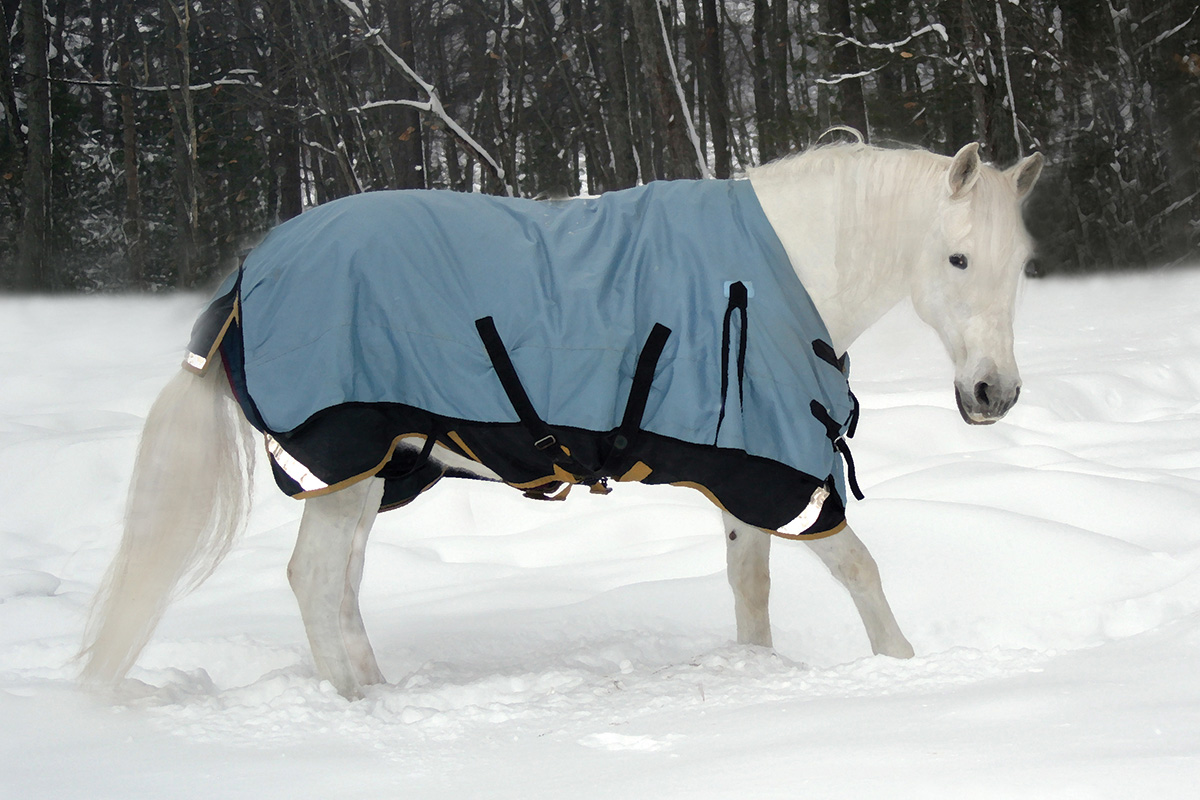
How to Break in a Horse: Essential Tips and Techniques?
Share
Breaking in a horse is an essential part of developing a trustworthy and responsive riding partner. For health-conscious pet owners, the process of training your horse can be as rewarding as it is challenging. In this article, we will explore how to break in a horse effectively, ensuring that your approach is safe, humane, and beneficial for both you and your equine friend.
Understanding how to break in a horse involves not only technical skills but also a deep connection with the animal. A well-broken horse is one that responds to commands with ease and confidence. Here, we will guide you through each step involved in this process, emphasizing gentleness and patience.

Understanding the Basics of Horse Training
Before delving into the specifics of how to break in a horse, it's vital to understand some fundamental concepts in horse training. Horses are naturally responsive to their environment and rely on instinctive behaviors. Understanding these behaviors can help you train your horse effectively and compassionately.
Each horse has a unique personality and learning ability, so it's essential to tailor your training methods according to the individual needs of the horse. Don't rush the process; patience is key.
Step-by-Step Guide: How to Break in a Horse
1. Build Trust and Connection
The first step in successfully breaking in a horse is establishing trust. Spend time with the horse in a safe and quiet environment. Allow the horse to get accustomed to your presence and voice.
Grooming is an excellent way to bond with your horse while checking for any health issues or injuries. Ensure you have proper horse care knowledge. Understanding specific needs such as diet can impact your horse's temperament and performance during training. For more on caring for your horse, check out our article on buying a horse.
2. Introduce Basic Commands
Once trust is established, begin teaching the horse basic commands. This includes leading and stopping. Use positive reinforcement, such as treats or verbal praise, to encourage desired behaviors. Repetition is crucial at this stage, and consistency will help solidify the commands in your horses mind.
For further techniques on horse riding, you might be interested in understanding how to trot your horse effectively.
3. Equipment Familiarization
Before riding, your horse should be comfortable with basic equipment such as saddles and bridles. Introduce these items gradually. Allow the horse to sniff and explore before fastening them. Horses can be sensitive, so use calm and encouraging tones when introducing equipment.
For tips on proper horse tack, refer to this informative resource.
4. Practice Groundwork
Groundwork is essential in horse training. Practice leading, tying, and lunging to reinforce commands away from the saddle. Groundwork builds confidence and responsiveness, laying the foundation for successful riding.
Remember that horses require regular exercise for their health and mental well-being. Ensure you schedule time for this in your training regimen.
5. Introduce Riding Gradually
After your horse is comfortable with groundwork, you can begin introducing riding. Start with short sessions and gradually increase the duration as the horse becomes more comfortable. Begin in a controlled environment, away from distractions.
Encourage your horse with calm verbal cues and gentle rein movements. If the horse shows signs of distress, take a step back and revisit groundwork.
Maintaining a Healthy Horse During Training
Taking care of your horse's health is paramount throughout the breaking process. Make sure to provide adequate nutrition, hydration, and rest. A well-fed, rested horse will be more receptive to training.
If you notice any signs of discomfortsuch as limping or excessive sweatingit may be wise to consult a veterinarian. Learn more about common hoof issues by checking this hoof abscess treatment guide.
Common Challenges and How to Overcome Them
Resistance to Commands
Its not uncommon for horses to resist commands during training. This can stem from fear, anxiety, or physical discomfort. If you encounter this challenge, assess your training techniques and see if you can adjust your approach to be more comforting.
Distraction and Nervousness
Horses can become distracted easily during training, especially if they are not used to certain environments. Consider grabbing some quiet time in a familiar area before introducing new environments. A grounded approach frequently yields better results.
Fostering a Lifelong Partnership
Breaking in a horse is not just about training; its about building a partnership. Successful training fosters trust, communication, and teamwork. With consistent effort, your horse will learn to respond to your cues with reliability.
As you progress, youll notice your horse becoming more eager for training, which is an excellent sign of a strong bond. For insights on general horse care, be sure to check out tips on treating horse fly bites and ensuring a comfortable environment for your equine friend.

Frequently Asked Questions
1. How long does it take to break in a horse?
The duration can vary greatly depending on the horse's temperament and prior experiences. It typically ranges from a few weeks to several months.
2. Is it necessary to use a professional trainer?
While many owners can train their horses, consulting a professional trainer can help, especially for beginners.
3. What should I do if my horse shows signs of aggression?
Try to identify any trigger causing the aggression and work on desensitizing your horse. A consultation with a trainer or behaviorist may be beneficial.
As an Amazon Associate, I earn from qualifying purchases.
